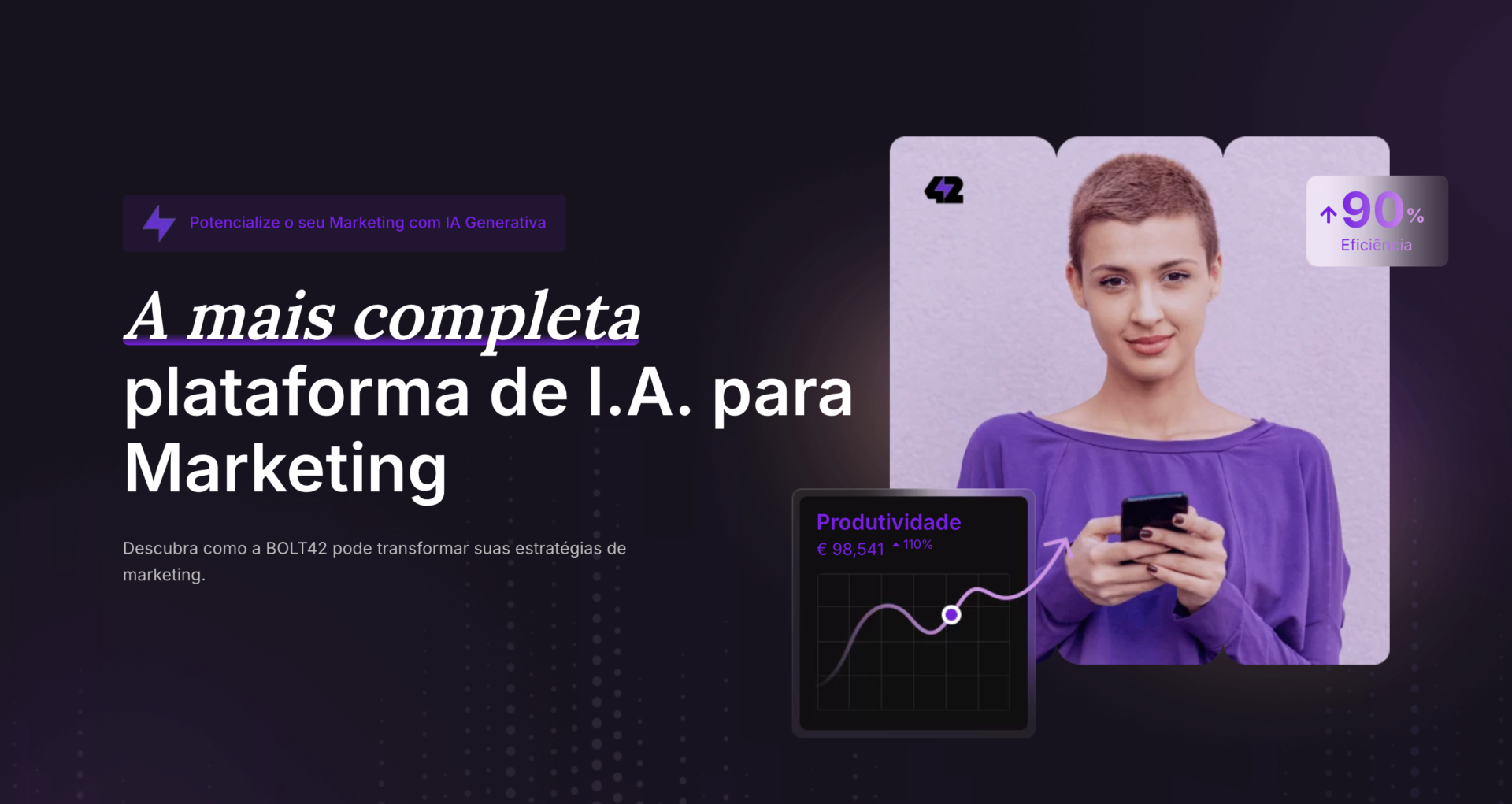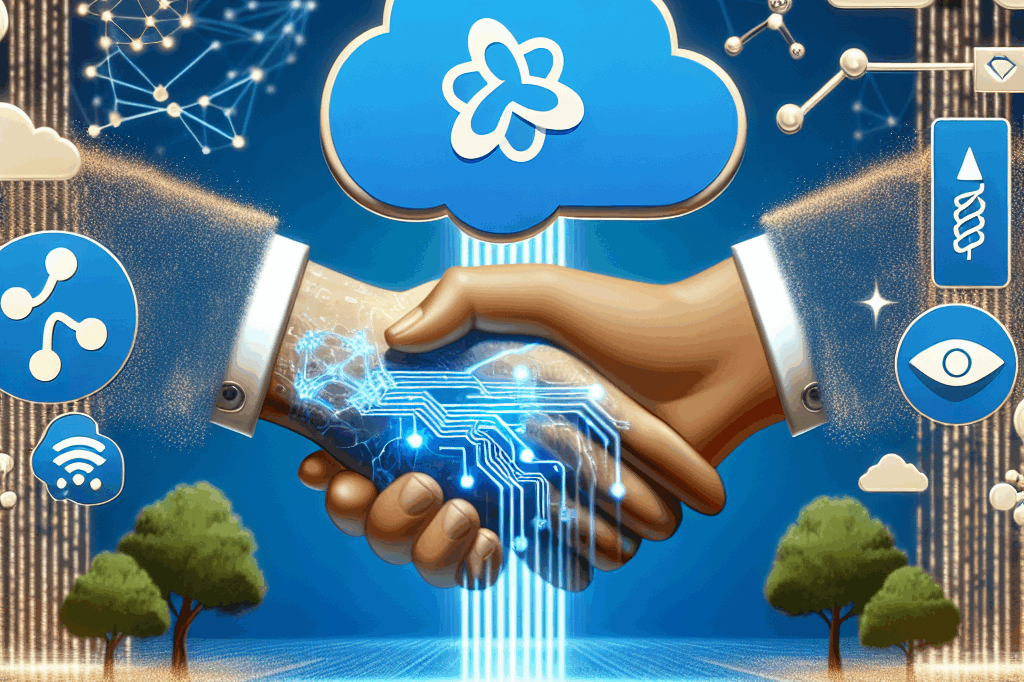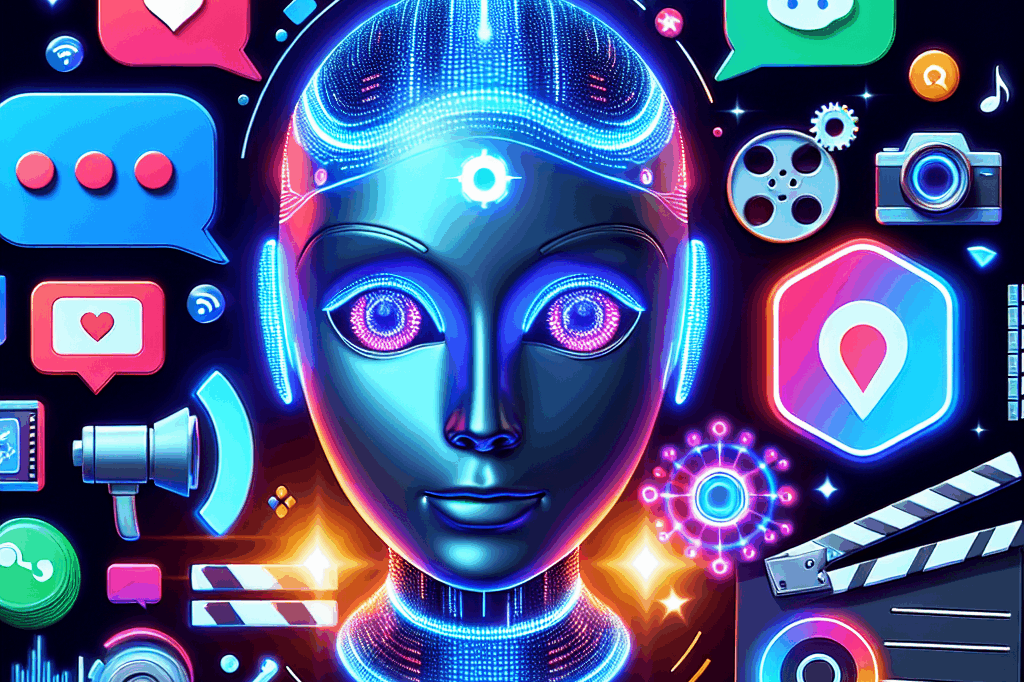Join our daily and weekly newsletters for the latest updates and exclusive content on industry-leading AI coverage. Learn More
I’ve always identified as a writer. My writing abilities are undeniably crucial to my role as an in-house public relations leader and communications strategist. I’ll admit, I initially dismissed the idea of generative AI posing a threat to my job. After all, how could a lifeless machine replicate my creative flair? However, I came to understand that the real risk to my career didn’t stem from AI but rather from my hesitance to embrace it.
Like many others, I’ve spent years collaborating with AI companies and have utilized numerous AI-based applications, well before OpenAI introduced ChatGPT in November 2022, triggering a whirlwind of fear and excitement worldwide.
At a recent marketing all-hands meeting, we were asked how frequently we leverage generative AI in our tasks. Everyone chimed in that they utilized it every single day — except for me. There are moments when you want to stand out, but this was not one of them. I felt like the uncle who steadfastly refuses to adopt a smartphone.
Letting go of pretentious skepticism
My first deliberate interaction with a large language model (LLM) was filled with both condescension and fear. Surely, no machine could capture my professional wit and the nuanced precision of my writing, which I meticulously craft for purpose. The idea that I required assistance to excel in my work felt like a blow to my expertise and pride. I didn’t want to appear to be cutting corners.
Was using AI like cheating?
I quickly recalled how my writing had shaped my life. Would I have been accepted into Cornell if everyone else used AI to produce stellar college essays? Had one of my greatest professional strengths been democratized, sliced into easily accessible fragments and dispersed to the masses? It felt as if a talent I had honed over years was now available to anyone with a click.
Existential anxiety crept in. Was I becoming obsolete like a 2007 iPod?
Why was I so resistant to integrating AI into my work? It’s not hard to pinpoint the root of my fear — a misunderstanding that AI would either replace me or, even worse, render me average rather than enhance my abilities. I perceived AI-driven writing as an affront, a signal of my craft’s redundancy. I was too fearful of the career risks to envision the potential benefits.
Falling for the enemy
With a burgeoning to-do list and the new challenges of returning from maternity leave to a larger role overseeing public relations for a publicly traded tech company, I decided to give Jasper AI a try.
I couldn’t help but smirk at some of its features. Changing tone? Could this AI really possess emotional intelligence? Maybe even more than some past colleagues. I began with a blank screen, composed a few lines, and requested the AI to complete the text for me. I relished in its failure.
It merely summarized what I had written and regurgitated it below. Ha! I had proven my superiority. I retreated to my comfort zone, denying myself and my organization the advantages of this revolutionary technology.
The next time I engaged with generative AI, I experienced a transformation. I realized that effective prompting is crucial. You can’t simply type a few initial sentences and expect the AI to comprehend your intentions. As of now, it still can’t read our minds (I think). But there are numerous templates the AI understands. For PR professionals, these include templates for press releases, media pitches, crisis communication statements, press kits, and much more. Exploring these tools can make the difference between AI enhancing your writing and wasting a lot of time.
Today’s models can craft coherent narratives, accurately use industry jargon, match tone, and emulate any writing style. I would never directly copy and paste its output, since AI can infringe on copyrights and produce inaccuracies, but it serves as an excellent starting point and often triumphs over the daunting “blank-page” challenge. Just effectively prompting the AI helps formulate a solid outline, a fantastic foundation for most writing projects. The positive impact on my time management and productivity has been remarkable.
Utilizing generative AI felt like discovering the antidote to writer’s block.
I’d found a dedicated partner in my PR team who never takes a day off.
Raising the bar
Generative AI capabilities are expanding into a myriad of business applications beyond writing-centric roles like mine — and rightly so. Here’s my guidance for embracing these technologies:
- No matter your profession, stop fighting against the current. Resistance will only pull you under, jeopardizing your career. Instead, learn to ride this wave and master it.
- Generative AI likely won’t be your competitive edge. Instead, it will raise the standards for everyone, moving the goalposts for your achievements, whether you’re ready or not.
- Don’t simply regurgitate AI-generated content. It’s obvious, easily detected, and devoid of value. Instead, leverage generative AI thoughtfully to enhance your existing work, making it better and faster.
While we can’t predict how we’ll utilize generative AI in five years (or even next year), it’s certain that almost everyone reading this will be using it — knowingly or unknowingly. AI will seamlessly integrate into human-centric applications in both our professional and personal lives, becoming an essential element of systems that shape our interactions.
As with many aspects of life, adaptability and an openness to change are vital for remaining relevant. Humans are resilient. AI isn’t here to take our jobs; it aims to eliminate our inefficiencies. Embrace these tools wholeheartedly and utilize them to your advantage.
Melanie Holly Pasch is the head of public relations at WalkMe.
DataDecisionMakers
Welcome to the VentureBeat community!
DataDecisionMakers is a platform where experts, including those engaged in data work, can share insights and innovations related to data.
If you’re interested in exploring cutting-edge ideas, staying updated on best practices, and anticipating the future of data and data technology, join us at DataDecisionMakers.
You might even consider contributing an article of your own!
Read More From DataDecisionMakers
Conteúdo relacionado
Sora da OpenAI agora está disponível GRATUITAMENTE para todos os usuários através do Criador de Vídeos do Microsoft Bing no mobile.
[the_ad id="145565"] Here's the rewritten content in Portuguese, maintaining the HTML tags: <div> <div id="boilerplate_2682874" class="post-boilerplate…
Salesforce compra a Moonhub, uma startup desenvolvendo ferramentas de IA para recrutamento.
[the_ad id="145565"] Atualizado às 13h13, horário do Pacífico: Um porta-voz da Salesforce disse ao TechCrunch que a Moonhub não foi adquirida, de fato, pela definição da…
Plataforma de chatbot Character.AI lança geração de vídeos e feeds sociais
[the_ad id="145565"] Uma plataforma para conversar e fazer jogos de interpretação com personagens gerados por IA, a Character.AI anunciou em um post no blog na segunda-feira…






